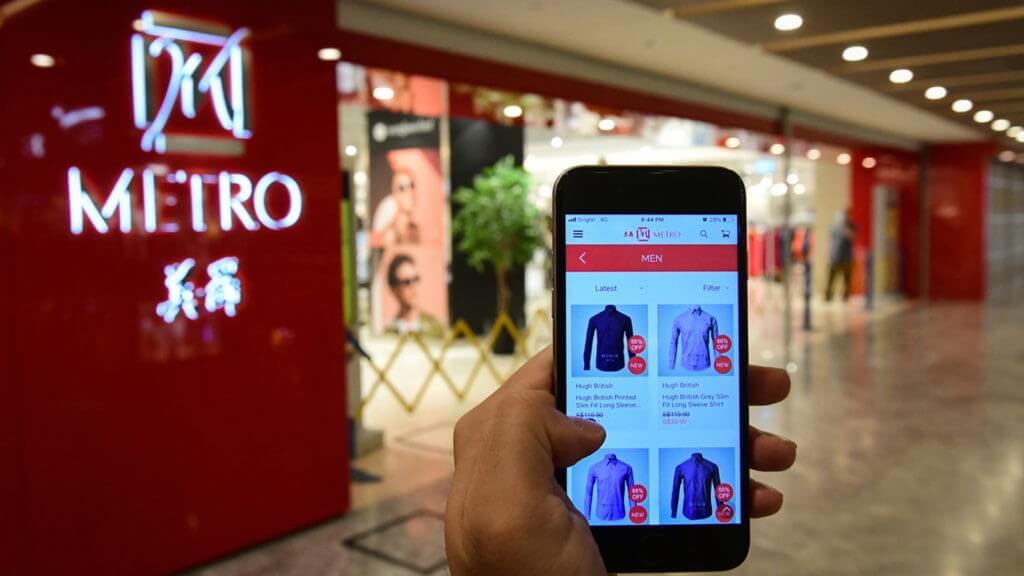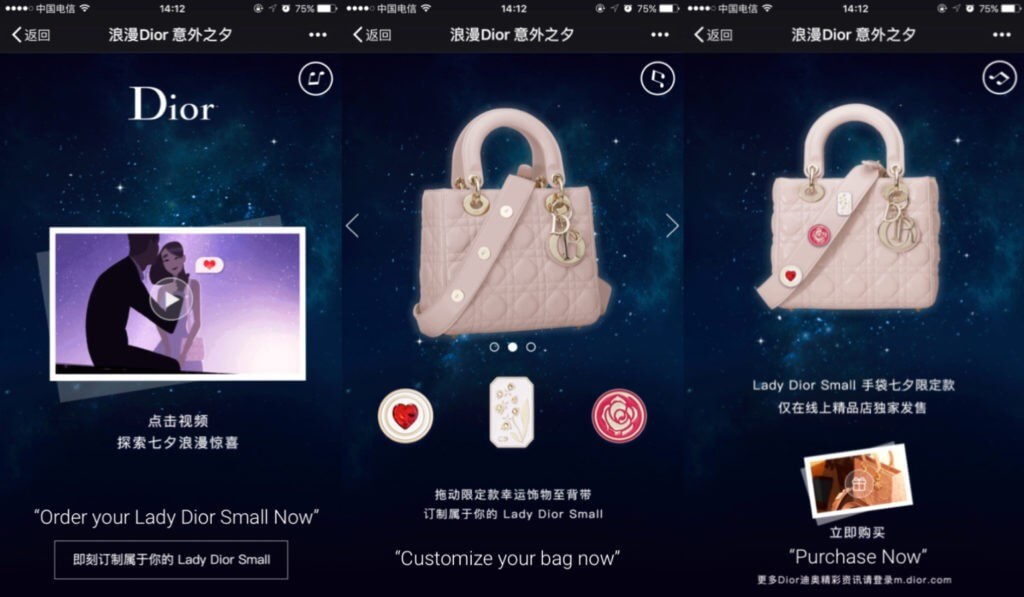Adopting challenging ideas and experiences is one of the aspects of marketing trends that define the Asia Pacific. The advancement of the business environment in this region continues growing, and foreign brands seem increasingly interested in entering the Asian market.
Innovation in marketing assets has shaped the success of many Asian companies by making them stand out worldwide. Therefore, constant changes have surged since the beginning of the pandemic and have prompted brands to experiment with new marketing strategies.
Several key trends affect the current state of consumer behavior and the advertising industry. To establish a long-term presence within the world’s largest and highly competitive markets, Asian brands have emerged with unique and innovative marketing campaigns.
Successful Marketing Trends in the Asia Pacific
Voice & Video Search Optimization
Voice recognition technologies have become increasingly popular to perform online searches over traditional text-input methods. Marketing in the Asia Pacific will increase the use of voice-based search optimization to improve the convenience of its consumers.
Similarly, Video Search Engine emerges due to the popularity of video streaming in introducing products to potential clients. Video optimization allows consumers to watch videos and search for products and services by simply tapping on the objects on the screen. This significantly changes the way consumers discover products and perform purchases.
Digital Shopping
Faced with social restrictions, businesses and consumers have embraced online solutions. Consumers in Asia look to digital shopping as an alternative to in-store experiences. Thus, brands are constantly establishing a more substantial presence online to ensure excellent customer experiences.
Likewise, prestigious luxury brands have sought to increase their appeal in the region by partnering with various online platforms based in Asia. For example, luxurious French brand Louis Vuitton launched a campaign with Chinese retailer JD.com to customize a unique model to reach popularity in the Asian market, particularly in China.
The main goal behind this strategy was to improve the shopping experience in which users who search “LV” on the JD app are redirected to a customized WeChat mini-program.
Thus, augmented reality and 3D technology have reached major popularity in the Fashion industry due to the lockdown. Recently, more brands are looking to attract costumers and enhance shopping experiences online
Digital Advertising
As a result of the accelerated digitization of business processes due to the COVID-19 pandemic, website sales and bookings have increased exponentially. Marketing in the Asia Pacific will continue to grow across digital channels such as social media, visual content, and search marketing strategies to foster engagement with consumers.
Marketing to a Post COVID-19 World
Recently, brands have sought to stand out through impactful campaigns that resonate with consumers’ struggles in a post-Covid world. This trend has become popular in countries like China, Indonesia, and the Philippines — setting a possible precedent for the near future of advertising. However, the expectations that brands contribute to the communities they serve varies by market.
Personalization of Services & Products
The integration of immersive technology has had a significant impact on the levels of personalization. Its use, combined with data science, enables companies to deliver remarkable customer experience when purchasing their services and products. Personalization is one of the most important marketing trends in the Asia Pacific. After all, consumers expect brands to anticipate their needs and reach out with relevant suggestions.
Understanding Trends to Market Effectively in the Asia Pacific
Comprehending marketing in the Asia Pacific, its distinctive trends, and characteristics is an appropriate step for companies looking to grow and expand their services abroad. Marketing strategies may vary across Asian markets. Moreover, they are expected to be a valuable addition to consumer insights.
To learn more about marketing trends and visual content, check out our blog!



